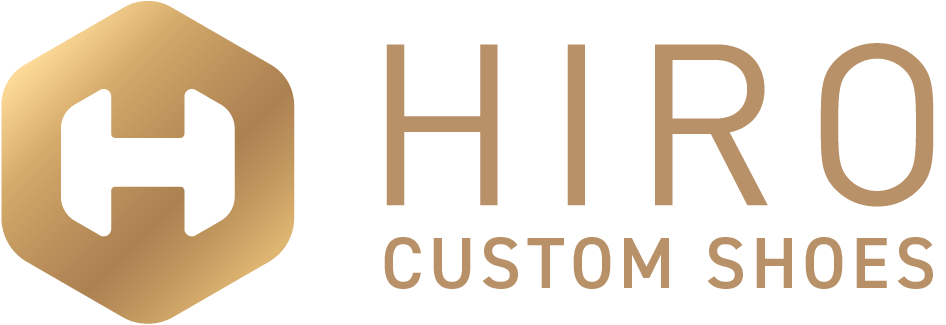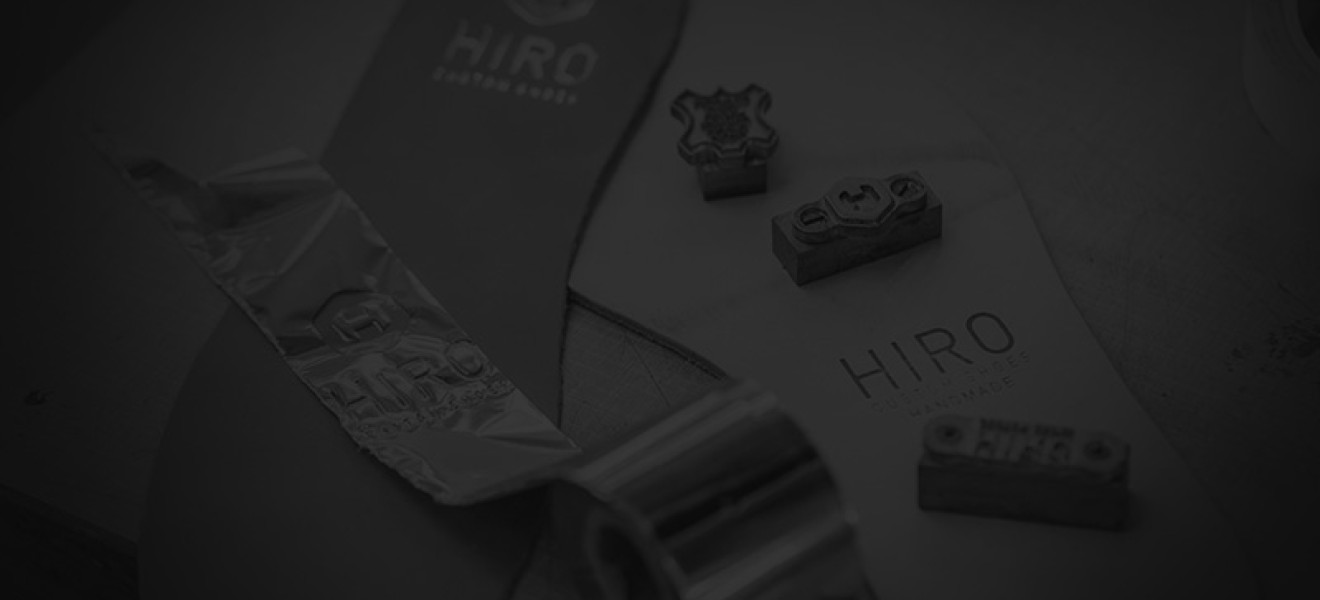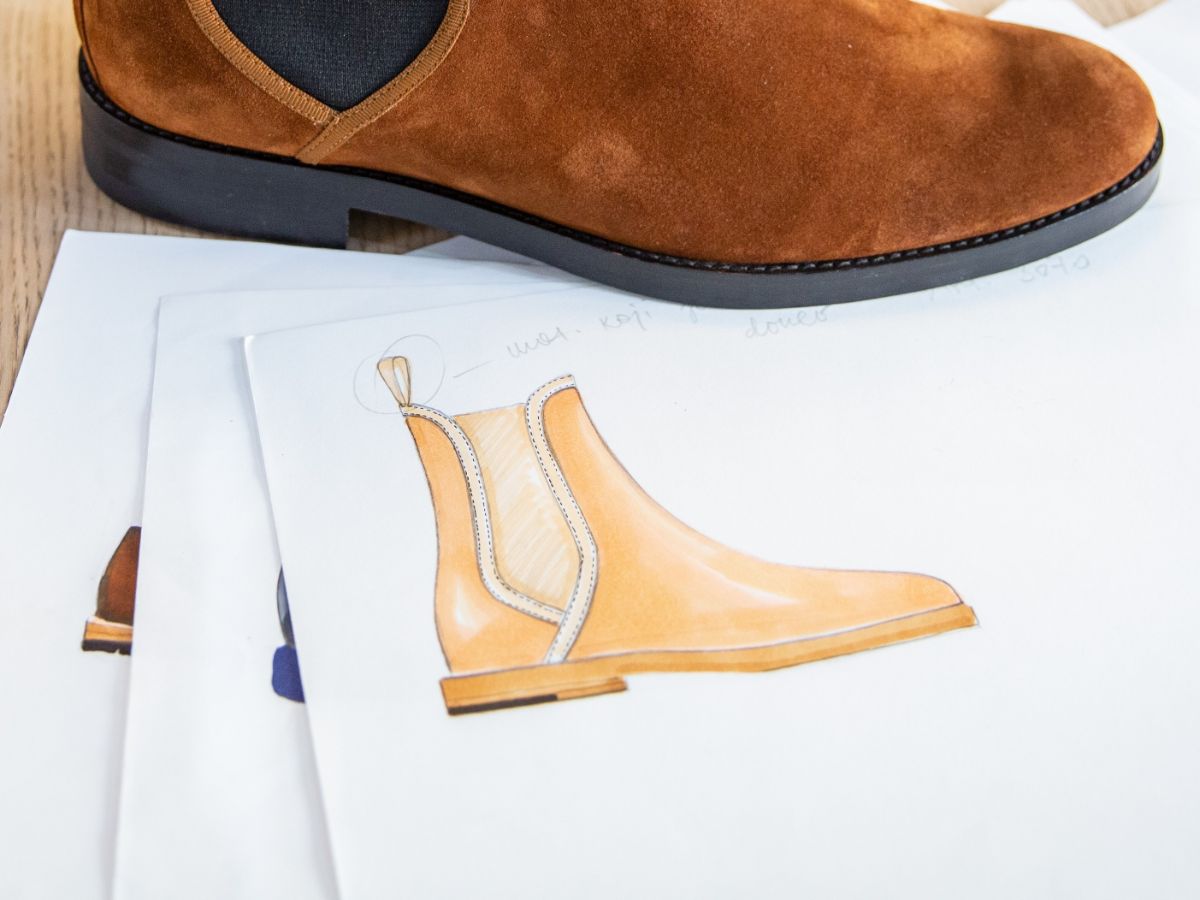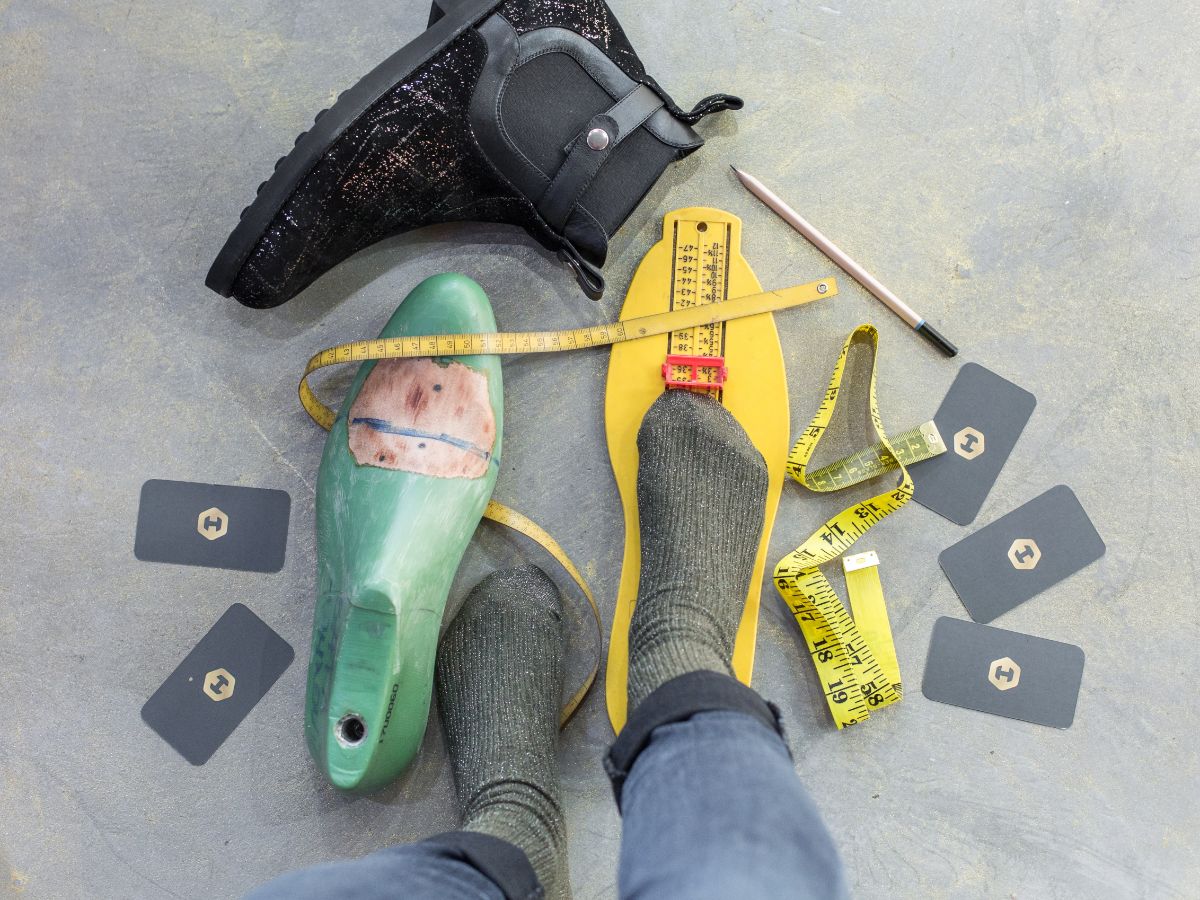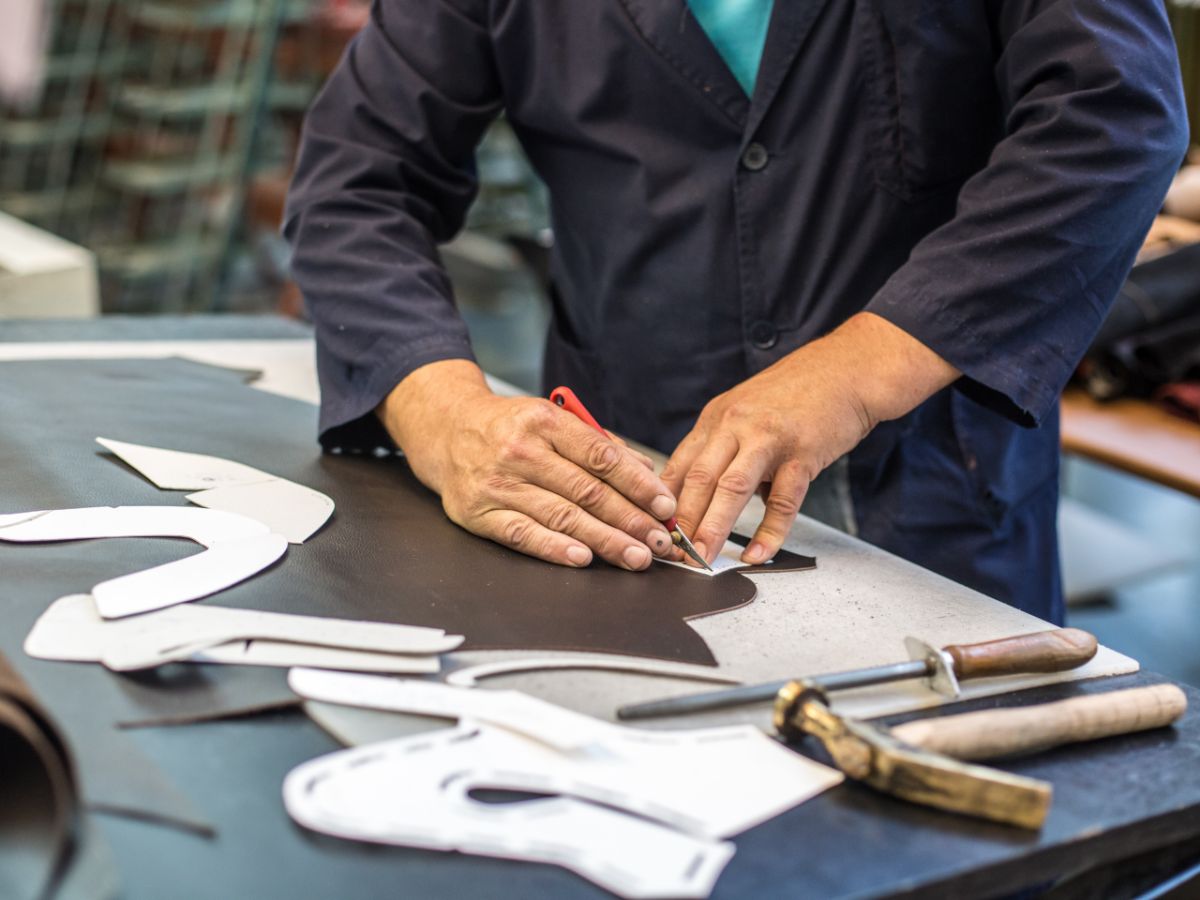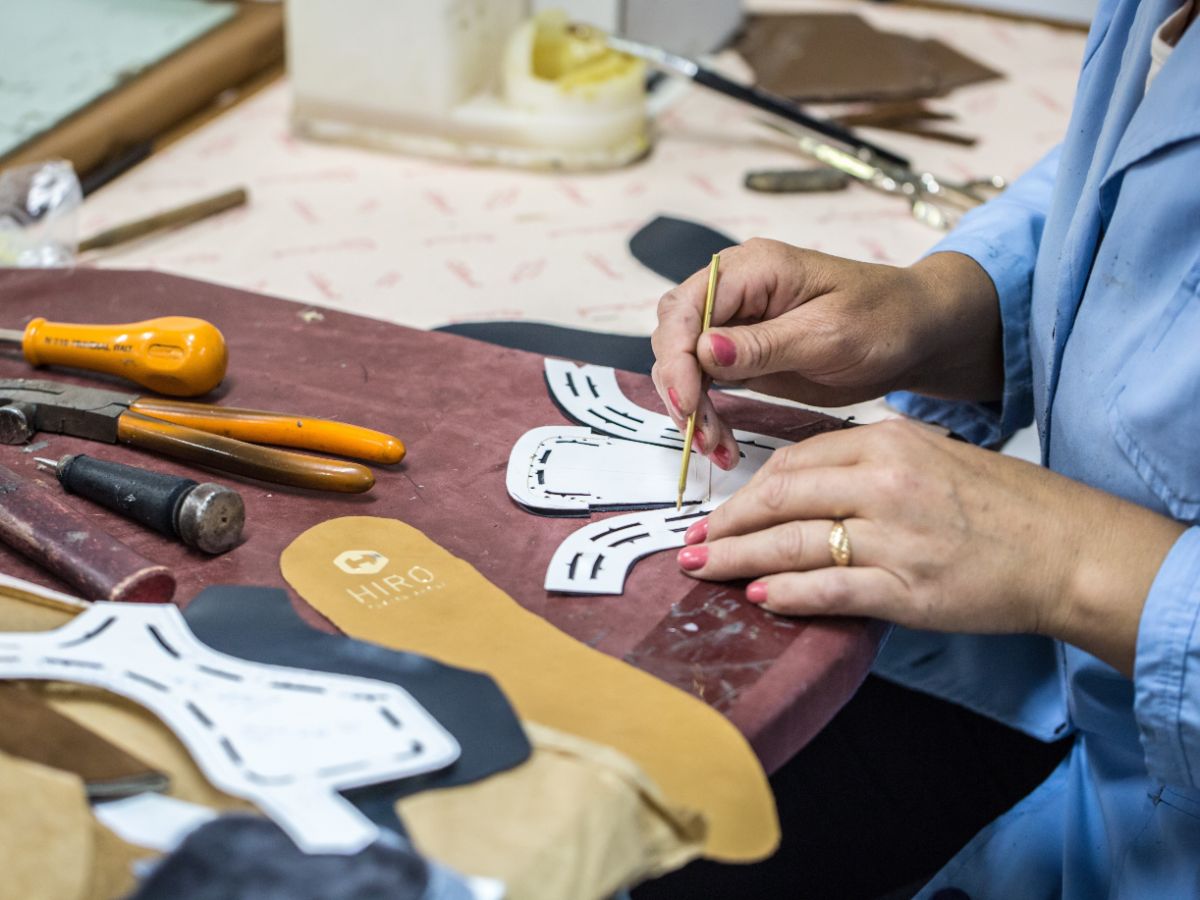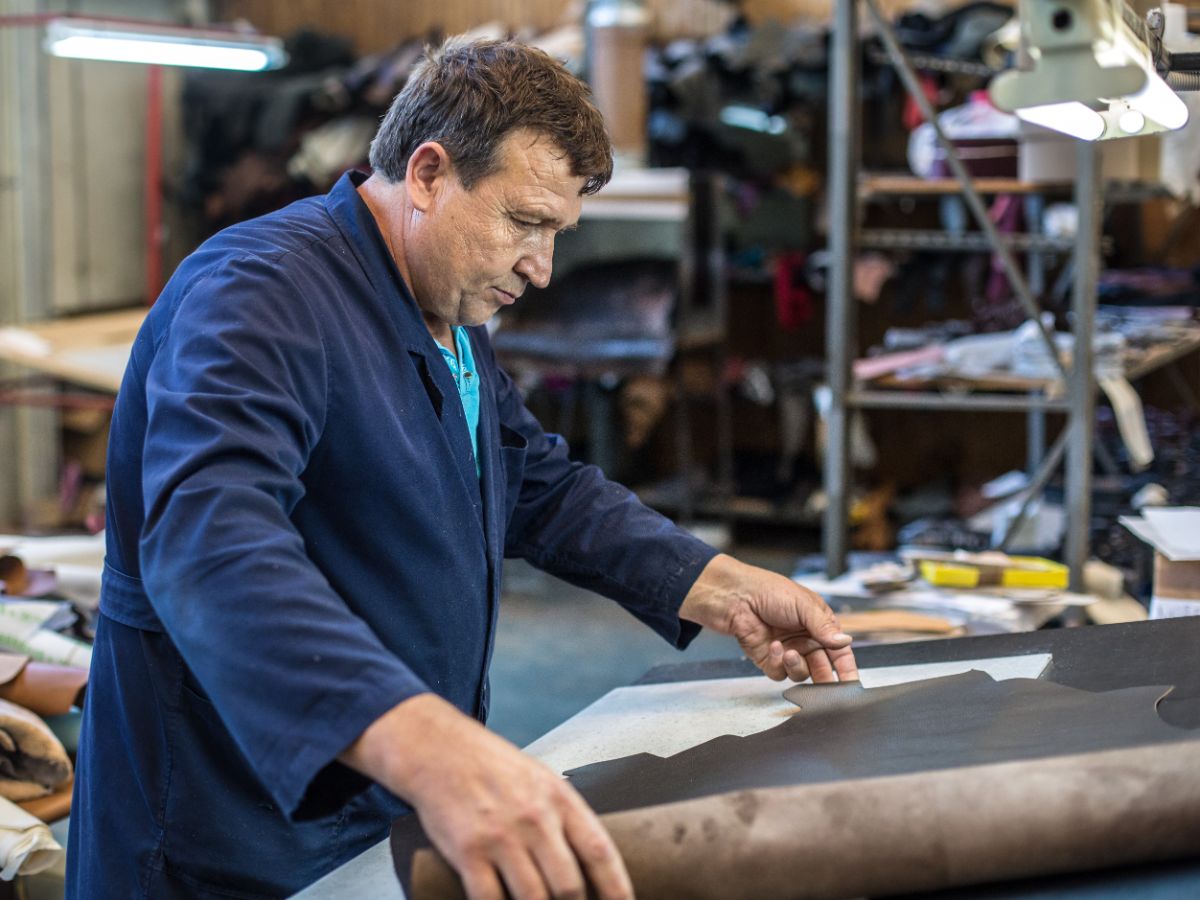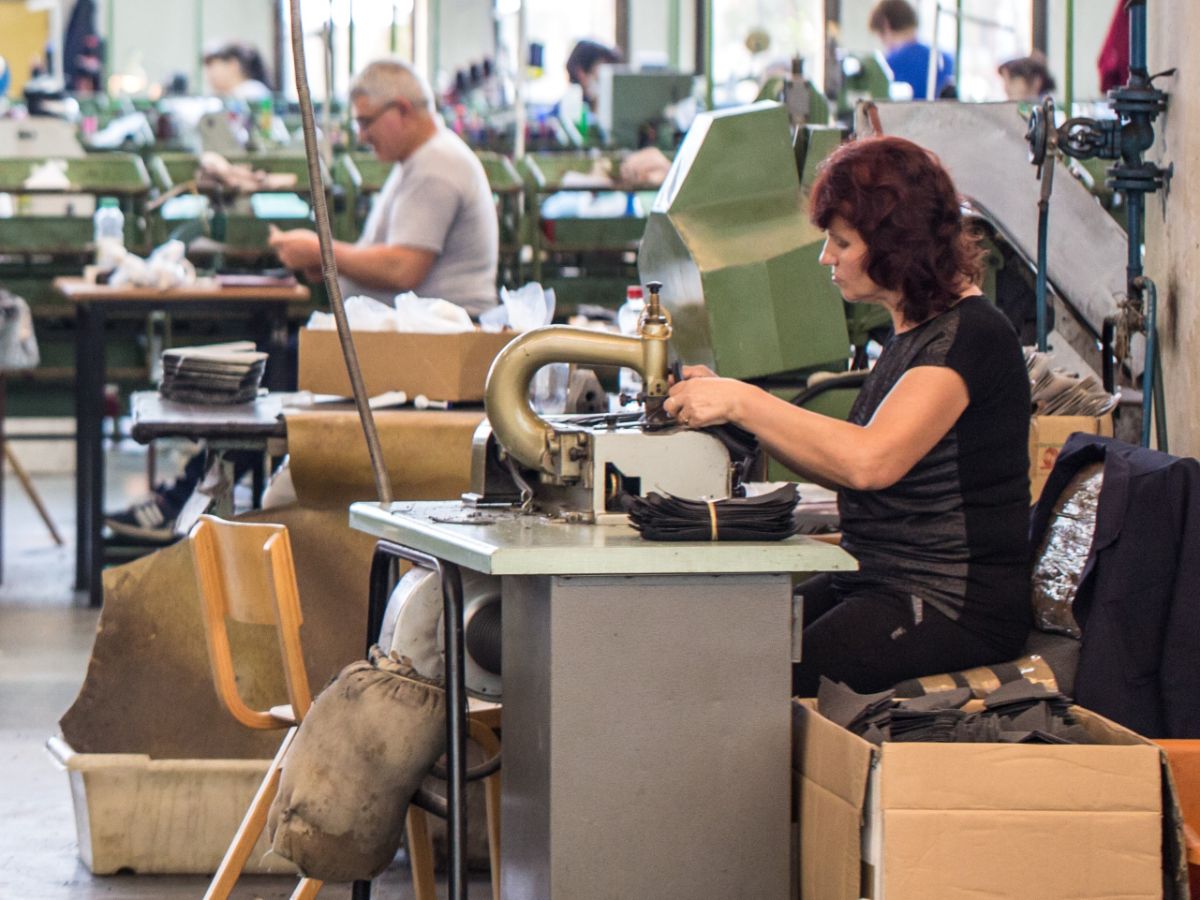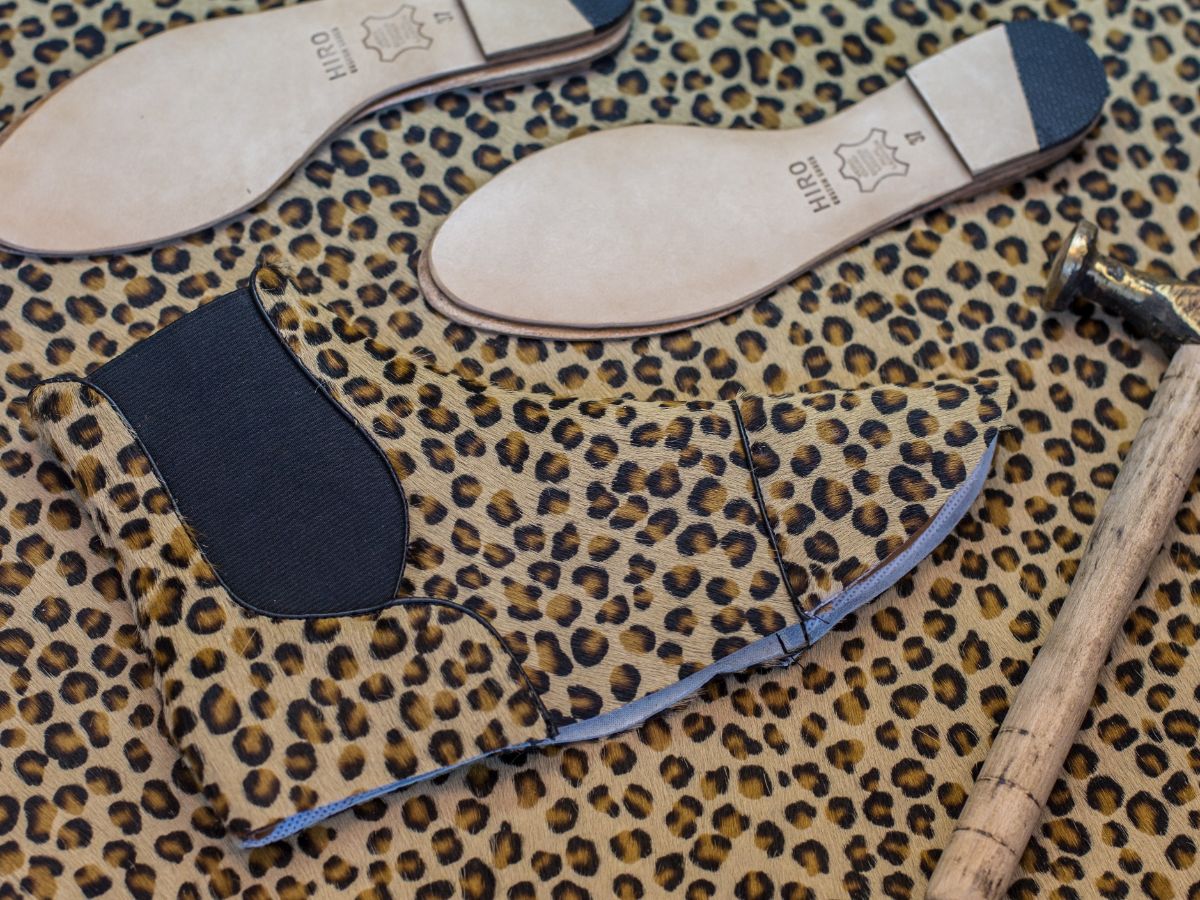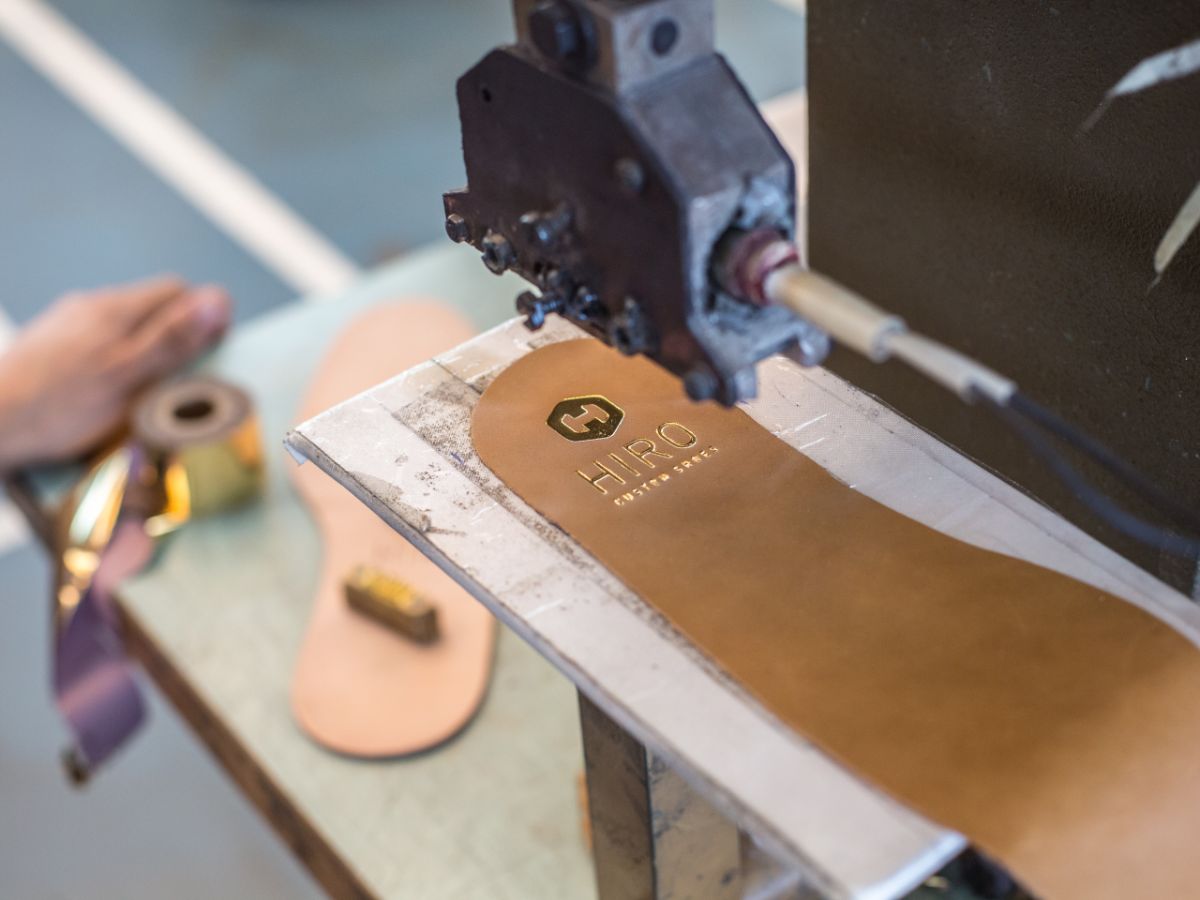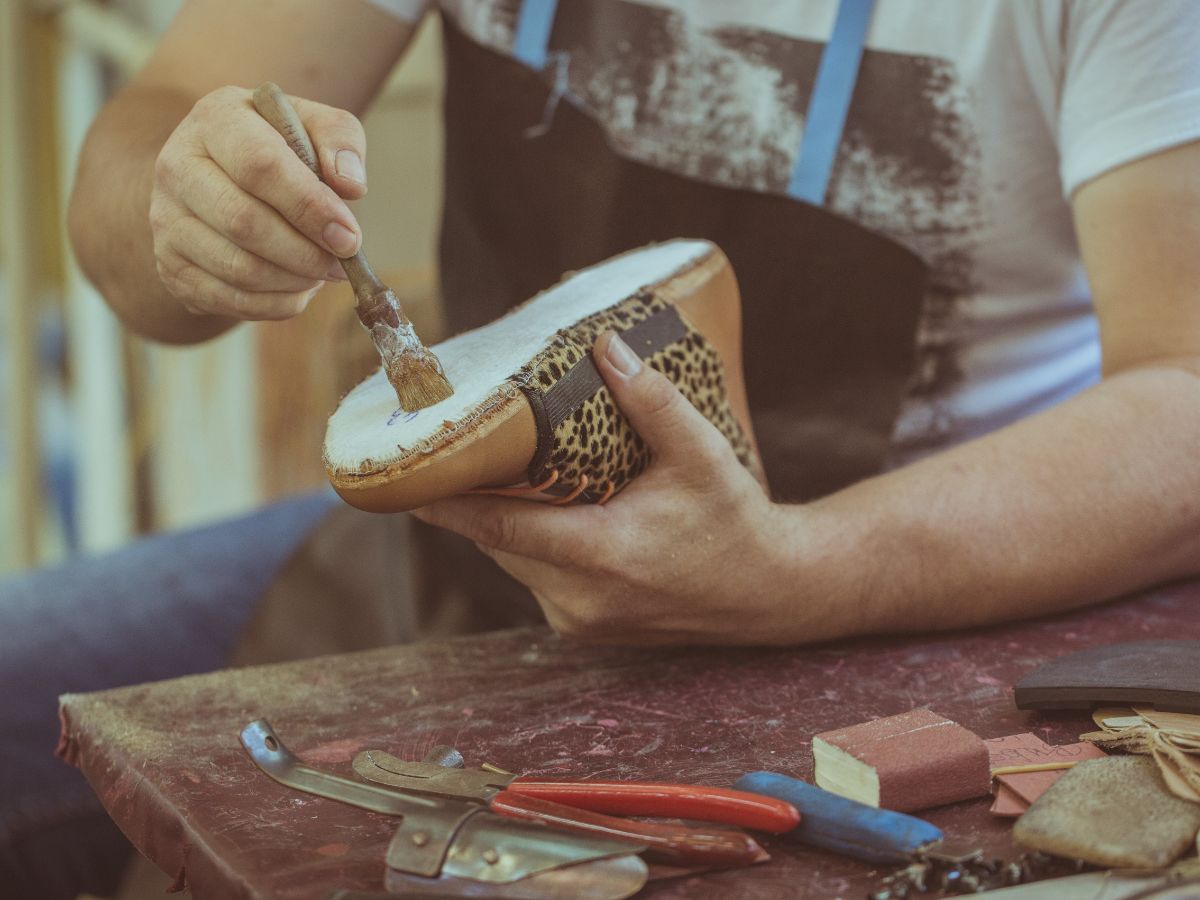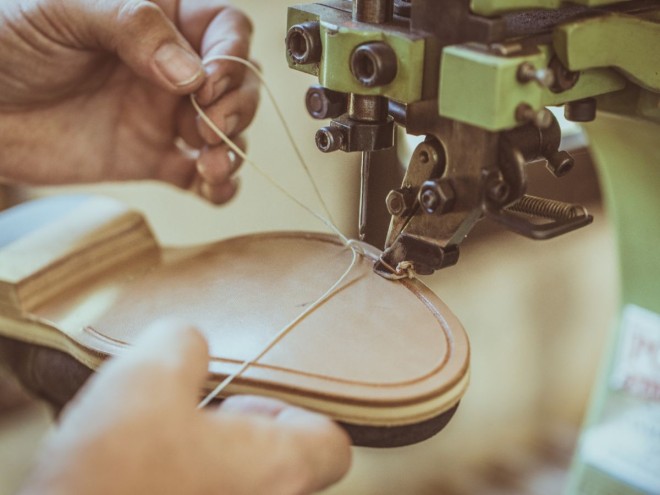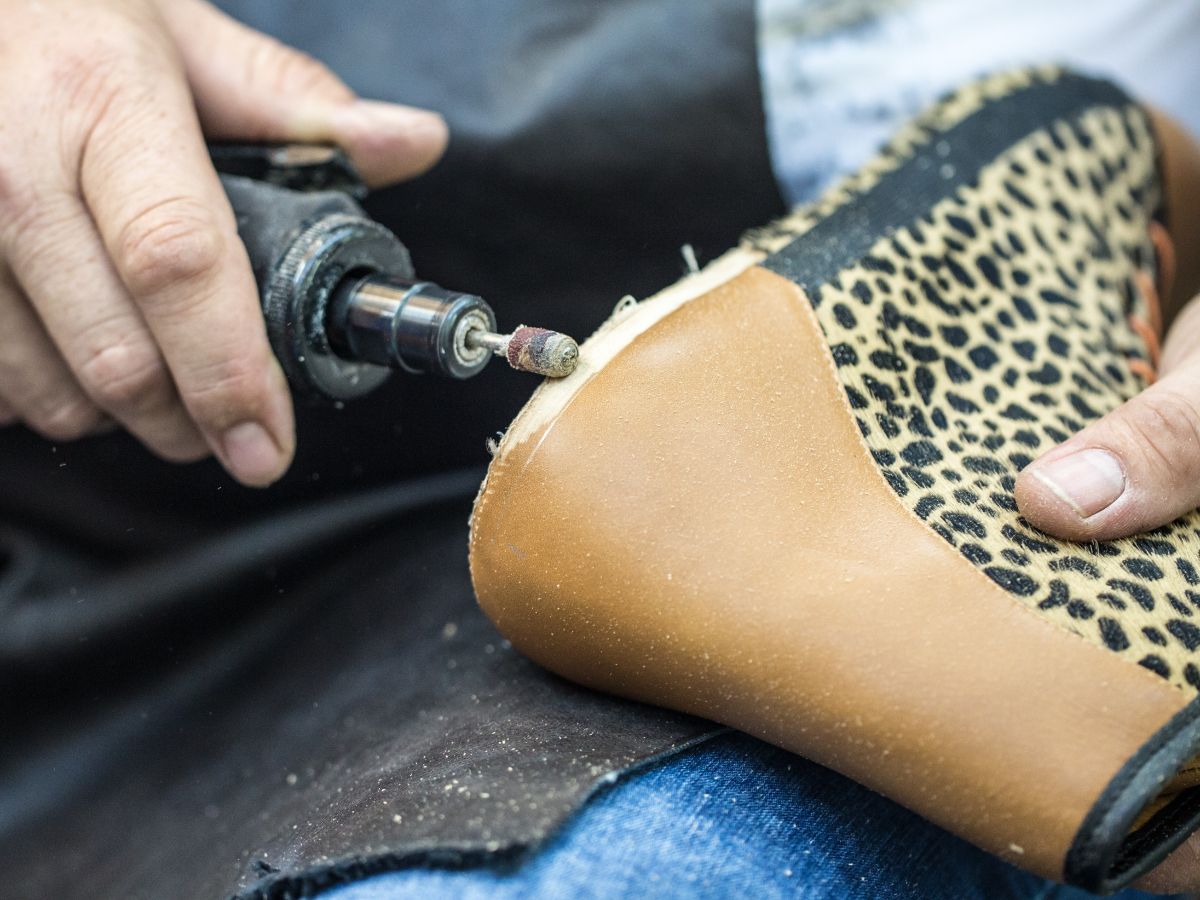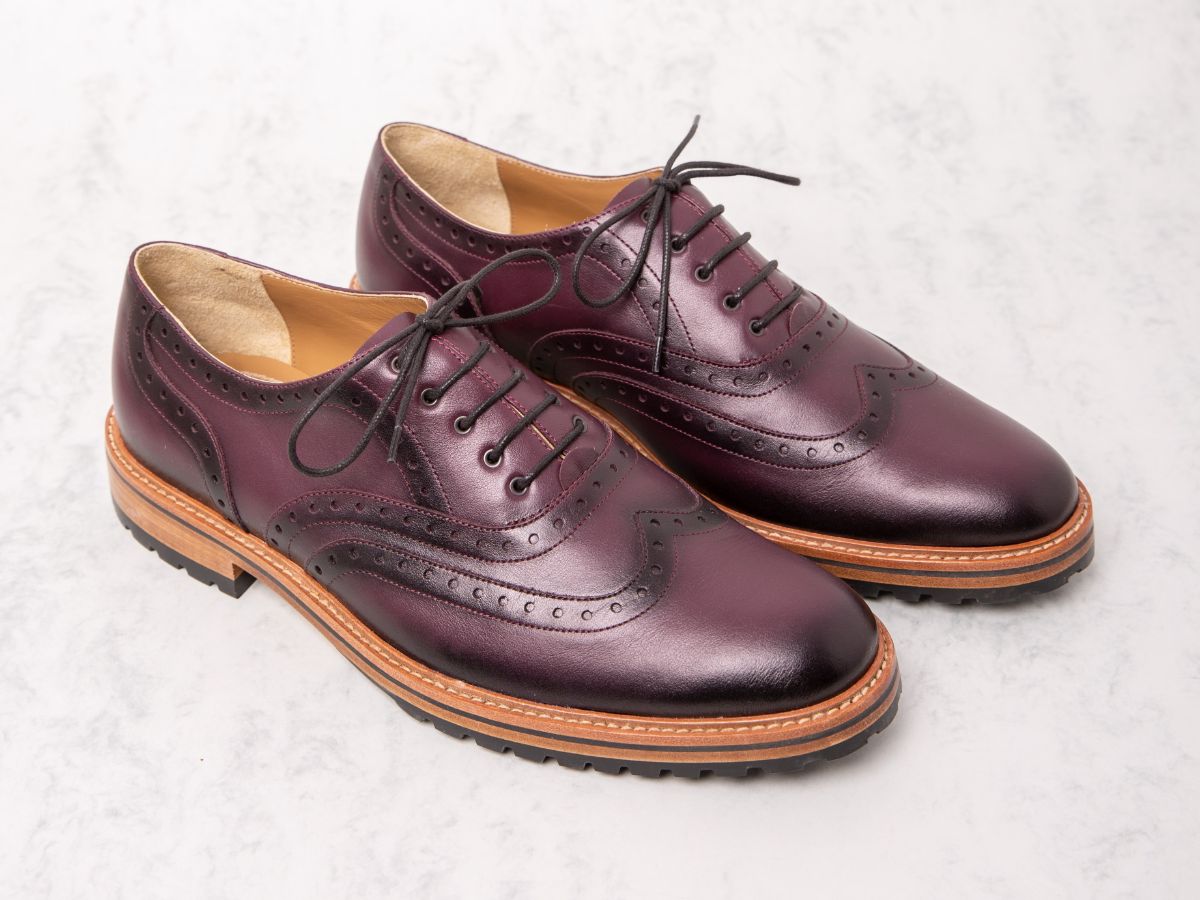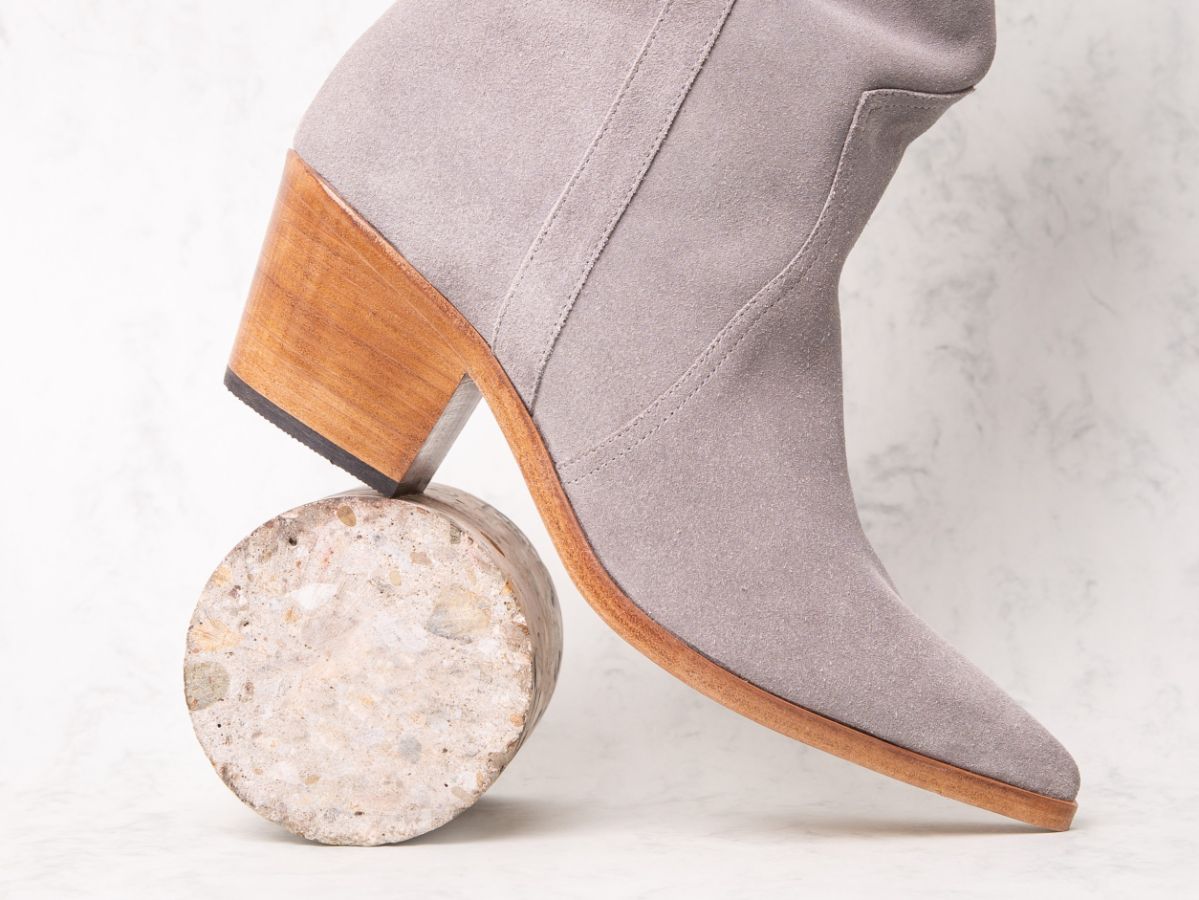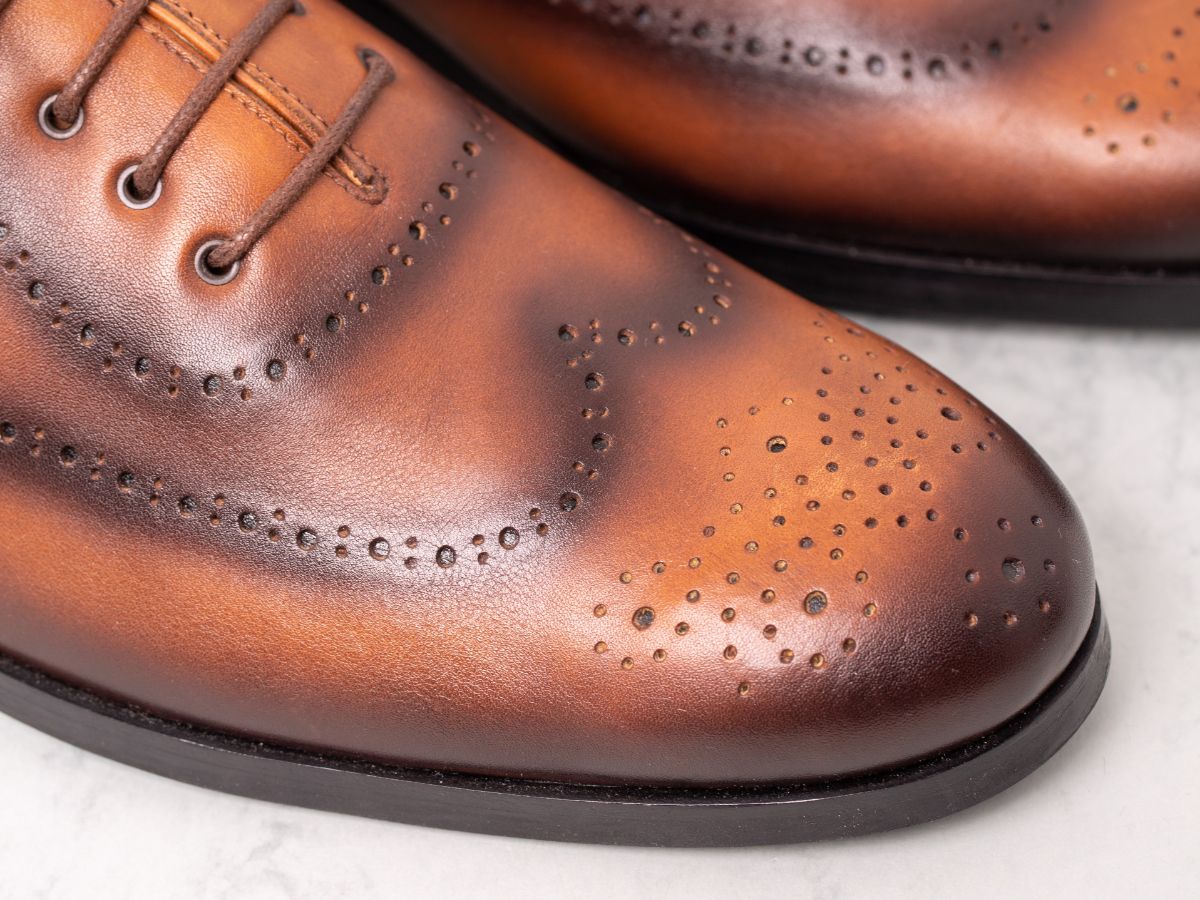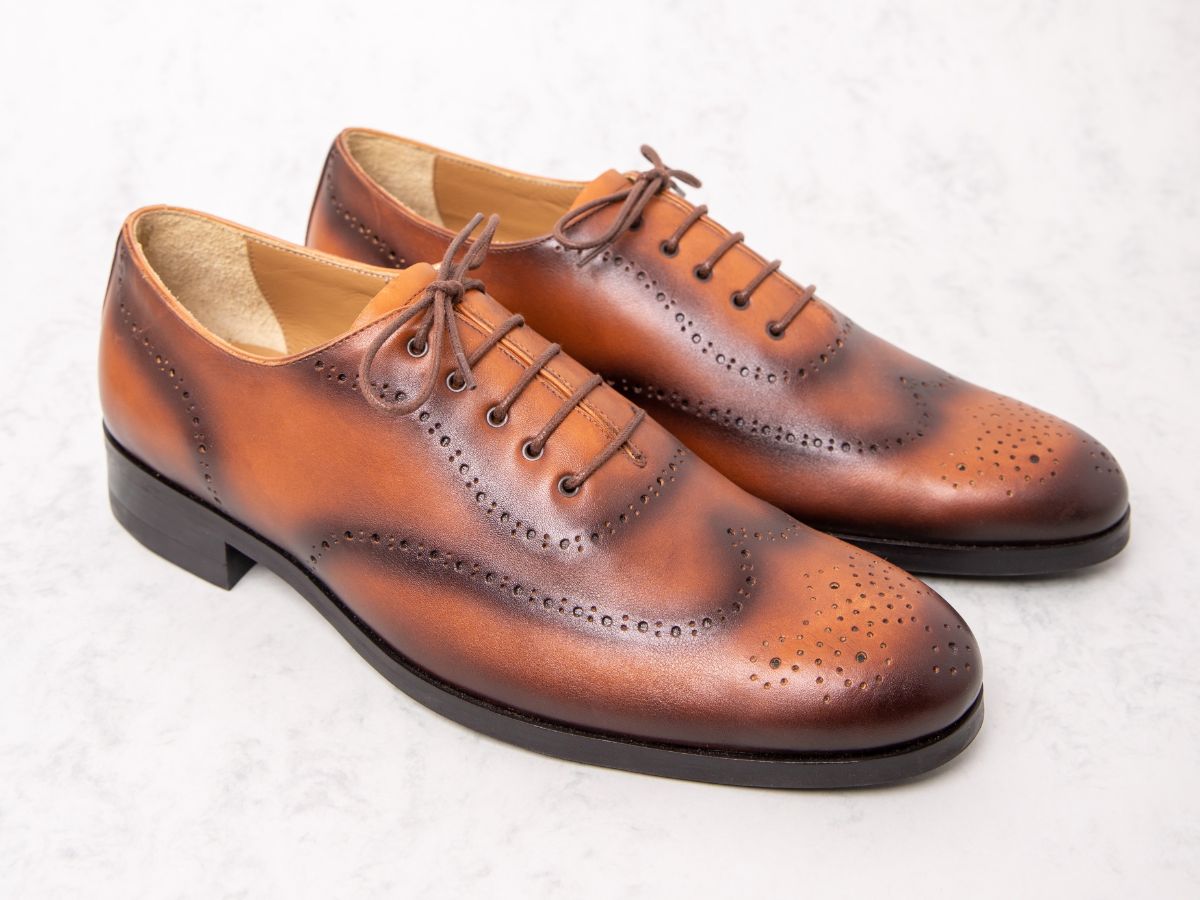There are no products to list in this category.
Proces Izrade
All HIRO models are custom made and provide the opportunity to modify each pair according to your preferences - you can personalize items from existing collections: by producing custom moulds and choosing materials from our color chart (face, lining, sole, shoelaces). In this way, your pair of HIRO shoes will become unique.
The production process represents the realization of an idea into a finished product. After the finished solution, each model goes through the following stages:
1. DESIGNING
Designing is a creative process which involves thinking about a certain topic and certain product.
The product of thinking is the idea on grounds of which sketches, technical drawings, are created which represent potential design solutions for a certain topic.
2. MODELING
Modeling is the process by which an idea is transferred to a desired mould. The mould is coated with so-called Crepe tape on which the basic lines of the model are drawn. Next, a basic shoe last is made which serves as the basis for further model development. After finishing the last, the basic templates for the face, lining and interparts of the model are made.
3. TAILORING
Tailoring is the process of cutting off parts of the face, lining and various reinforcements (canvas reinforcement, heal counter support, sponges, etc.) of the top according to the patterns. Tailoring is divided into manual and machine tailoring. Manual tailoring is performed with the help of special shoe knives. Machine tailoring is performed with the help of a punching machine and punching knives that can be single-bladed or double-bladed.
4. PREPARATION OF CUT-OUT PARTS FOR SEWING
In order to continue the process of top production, certain parts for the sewing part first need to be prepared.
THE PROCEDURES THAT FOLLOW ARE:
1.1 SURFACE THINNING OF LEATHER
Depending on the needs of the model and the types of leather, the entire leather surface is thinned, ie. its thickness is equalized. This procedure is performed with a leather surface thinning machine with a band knife. In footwear industry, this procedure is called SPLITTING.
1.3 EDGE THINNING
A procedure that contributes to further processing and joining of parts. Slanted thinning removes useless excess material. The thinning is performed from the back, thus increasing softness and improving the structure. The thickness to which the edges are thinned depends on the difference in purpose and manner of sewing. This procedure is called SANDING in the industry. It is performed with a machine for edge thinning of the leather with a belt knife.
1.4 REINFORCEMENT
If necessary, surface reinforcement or strengthening with the help of textile is performed. Reinforcement is performed immediately after the edge thinning and in various ways. Before the reinforcement is done, the parts that are to be reinforced need to be marked. Fabrics of different thickness are used as surface reinforcements, which contain thermal glue on their back, which is activated and bound to the appropriate surface at high temperatures. This procedure can be performed in two ways: reinforcement with the help of a reinforcement machine with a roller, or with an iron, i.e. by hand.
REINFORCEMENT OF EDGES WITH SELF-ADHESIVE TAPE
To reinforce the parts which must not be stretched, self-adhesive tapes in various sizes are used.
5. SEWING
Sewing is the joining of cut-outs into a single whole.
The production of the shoe top consists of face sewing and lining sewing assembled and sewn into one top.
6. ASSEMBLY
The process of production of shoes and sneakers is separated in the assembly. All HIRO sneakers are produced in the so-called Strobel program which involves sewing a Strobel sole onto a finished top. All HIRO shoes are made in the so-called coat-glue program. The finished top is manually coated (pulled onto the mould).
1.2 NUMBERING
It is performed on a machine with a working mechanism consisting of a roller with several rings that have letter or number markings in the form of engraving. By rotating each ring separately, the selection of markings is adjusted as required. Markings are applied to signify the size, model, batch number, mold mark, shoe width, etc.
INVISIBLE STITCHING
i.e. bending of the edge over which sewing is then done is performed by applying glue to a pre-thinned edge, usually at a thickness of 0.5 mm, over which a 2 mm wide tape is placed. The edge is bent, followed by the sewing.
ASEMBLY CONSISTS OF SEVERAL DIFFERENT PROCESSES:
2.2 GLUING OF COATED SHOE TO THE SOLE
The finished (coated) top is glued onto the appropriate sole. The glue is applied to the previously prepared surface of the coated shoe, then to the sole, and is then left to dry for 10-20 minutes. After the glue has dried, the coated tread surface of the shoe and the sole are re-daubed. It is left to dry again for 20 minutes (ideally, the glue should be allowed to dry for 24 hours so that it is well cross-linked when reactivated). After the second coating and daubing, the glue is heated with a hair dryer in order to reactivate and in this last stage, the sole is glued to the coated top.
2.3 SOLE STITCHING
To secure the bond between the sole and the coated shoe face, a line is taken out of the leather sole itself, i.e. a straight canal is made which is marked, pierced on the marked part and then sewn using waxed thread.
2.1 TOP COATING
For so-called coat-glue shoes to achieve their shape and form, the shoe needs to be pulled onto the appropriate mould which determines the shape. Branzol (footwear base), which is nailed to the mould in the area of the sole, is used from the margin (natural material).
2.4 STROBEL PROGRAM
For so-called Strobel program, the Strobel sole is sewn to the finished top. The sewing guidelines are notches found on the top and on the sole.
The sneaker is pulled onto a mould and passed through a dryer heated to 130 degrees.
On the sneaker placed onto a mould, markings are made to indicate how far the sole goes, and the part entering the sole is sanded.
The bottom of the sole is previously sanded, and then it is washed with a sole washing liquid.
Glue is applied twice. It is applied onto the bottom of the sole and onto the surface of the Strobel sole which is glued. It is applied for the first time, dried, then re-applied and dried.
When the glued surface is dry, the glue is activated with a hair dryer and then gluing is performed.
7. FINISHING
One of the finishing methods is the following: apply the desired shade of cream to a sponge, then rub it onto the leather by circular movements. Leave the leather to absorb it for half an hour up to an hour. When the leather has absorbed it, brush it with a cotton brush and use appropriate wax (neutral wax, black, dark brown...). The brush speed should be around 390 revolutions per minute, and for the shoes to get a high shine, a threaded brush and shine wax should be used.
INTERESTING FACT
When making a crepon heel for a woman's ankle shoes, the heel is built by cutting out 14 layers of crepon which are then glued onto each other, and it is all processed together according to a given pattern.
Shoe finishing is the last stage in the production process. There are many ways to finish shoes, and most often it is done with various brushes, creams, waxes, etc.
Finishing is often performed immediately after the coating, before the shoe is glued to the sole.
When finishing with an air brush, it is performed by spraying appropriate paint on the coated top. In this case, the paint is filled into a bucket located on the spray gun. Depending on the effect we wish to achieve, we should adjust the pressure and the jet.
After spraying, the shoes require 20-30 minutes to dry. After drying, the shoe should be brushed with a cotton brush and appropriate wax. After brushing, a paste (appropriate cream) is applied depending on the effect we want to achieve. The shoes are left to dry for 10 to 15 minutes. After that, the shoes should be lightly brushed with a cotton brush and appropriate wax.
If we wish to achieve a high shine, we should use a threaded brush and appropriate wax for it.
Note: Creams should always be applied onto cold leather. In case abrasive waxes in the appropriate color are used, brushing is always performed with a cotton brush.
